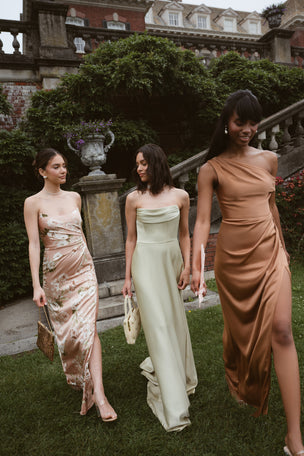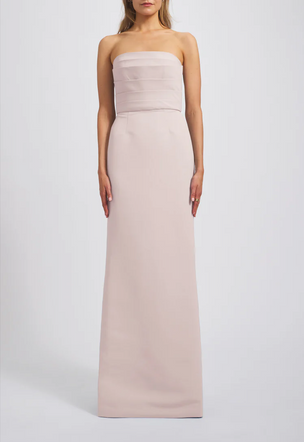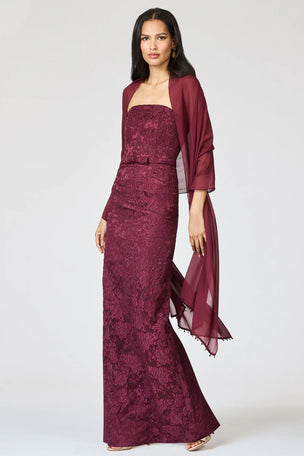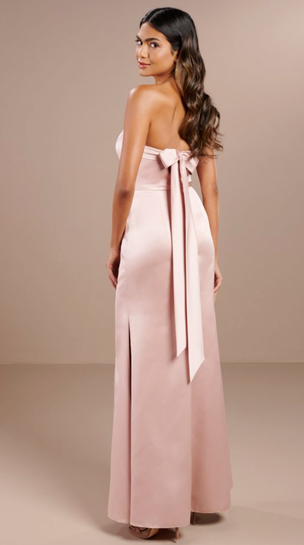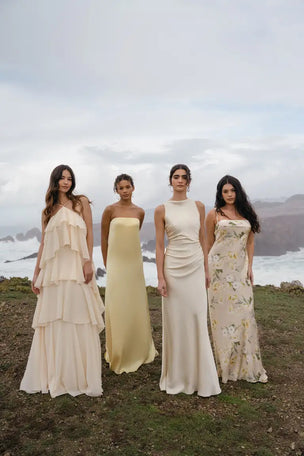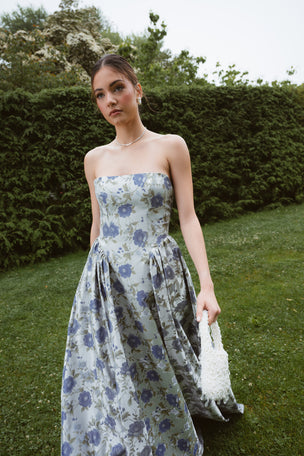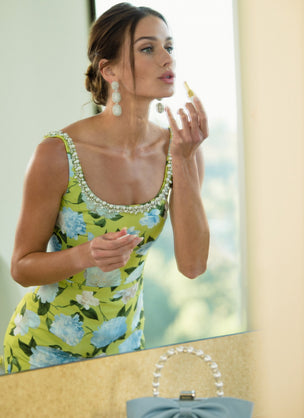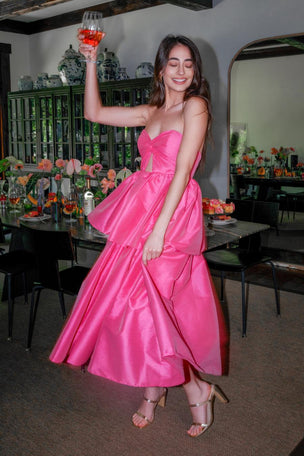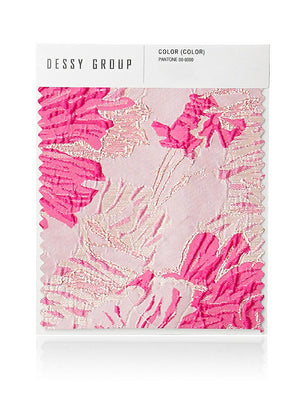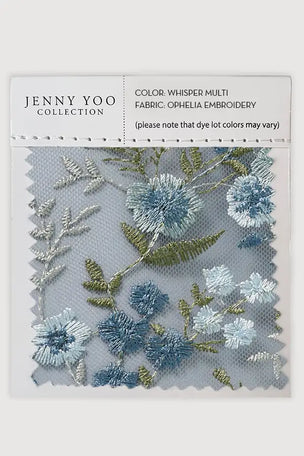 Photo: Abby Jiu
Photo: Abby Jiu
Some parts of wedding planning, like crafting a specialty cocktail or DIYing a Gram-worthy photo backdrop, are completely optional.
If you want them, great. If you don’t, then so be it!
Other elements like sending out invitations are not really optional.
Sure, it’s easy enough to pick out invitations you love, but knowing how the entire invitation suite works together can be trickier — especially when it comes to that blank inner envelope.
Don’t toss out the inner envelope because you don’t know what to do with it. It has a purpose!
Here’s some insight into wedding invitation envelope etiquette rules and why the inner envelope is still important.
What’s the Point of the Inner Envelope?
Throughout most of the 20th century (aka the 1900s), mail was sorted by hand. The more hands that touched the envelope in transit, the dirtier it would become.
Enter the inner envelope.
While most people could ignore that their letters and bills arrived with smudges and fingerprints, soon-to-be-newlyweds wanted their wedding invitations to arrive in pristine condition.
With an inner envelope, invited guests could discard the dirty outer envelope and still find an entire invitation suite inside, complete with an RSVP card, the invite itself, the reply card envelope with a stamp attached, and that little piece of tissue paper sandwiched delicately in between.
The outer envelope is the mailing envelope that gets labeled with the guest address. The inner envelope keeps the rest of the invitation intact, but even now, in the age of digital mail sorting, it still serves an important purpose.
The inner envelope makes it perfectly clear who is (or isn’t) invited to the festivities.
Whether you’re sending traditional invitations, contemporary yet formal invitations, or casual invites, it’s to your benefit to include the inner envelope inside.
Related: 15 Wedding Invitation Ideas for Guests
What Information Belongs on the Inner Envelope?
Wedding envelope addressing etiquette isn’t nearly as complicated as it may seem.
Whether you plan to follow the traditional Emily Post rules or prefer to buck all trends and traditions, here’s what you need to know about how to address the inner envelope.
The outer envelope is the formal envelope with the recipients’ addresses, full names, titles, and sometimes even middle names listed. The inner envelope can be much more casual.
Inner envelopes can include titles such as Mr. and Miss, or they can be addressed with first names only. If you don’t know the preferred pronouns of people on your guest list, we recommend printing your inner envelopes without titles like Mr. or Miss.
First names are totally sufficient and won’t offend people whose gender identity may not be what you assume it to be.
The trick to addressing the inner envelope is to include all of the names of the people at that address that are invited to the wedding.
NOT including a person’s name on the inner envelope means that person is not invited.
How to Address Inner Envelopes to Guests That Are Not Married
 Photo: MLE Pictures
Photo: MLE Pictures
Inner envelopes for single guests can be addressed in one of three ways:
Mr. DiCaprio
or
Leonardo DiCaprio
or
Leonardo
The first two options are appropriate for a formal wedding celebration. For a casual wedding, you can get away with including the guest’s first name only.
If you’re inviting a single person with a plus-one, address wedding invitation inner envelopes as:
Mr. Styles and Guest
or
Harry Styles and Guest
or
Harry and Guest
Including or omitting “and guest” makes it clear if the invitee is allowed to bring a partner, a date, or a friend. If your goal is to have a small, intimate wedding with your closest relatives and friends, it’s not necessary to invite plus-ones.
If you’re having a big celebration, allowing single people the option to bring a guest is preferred.
How to Address Inner Envelopes to Married Couples
When addressing inner envelopes to married couples, be sure to include both guests’ names. It’s customary to list the husband’s name first, but for same-sex couples, you can either list the names in alphabetical order or lead off with the married man or married woman’s name that you have the closest relationship to.
Here are some examples of how to address inner envelopes to a married couple:
Mr. and Mrs. Dawson
or
Jack Dawson and Rose Dawson
or
Jack and Rose
Inviting an unmarried couple or a married couple with different last names?
Either include both or omit both, such as:
Ryan Reynolds and Blake Lively
or
Ryan and Blake
How to Address Inner Envelopes to Families with Children
 Photo: Rebecca Yale
Photo: Rebecca Yale
Inviting families with young children?
The inner envelope is your chance to include or exclude children.
For families with more than one invited child, you can either list each child’s name on a separate line or list all of the children’s names together on the first or second line.
Here are some examples:
William, Kate, George, Charlotte, and Louis
or
Mr. and Mrs. Windsor, George Windsor, Charlotte Windsor, and Louis Windsor
or
William and Kate
George, Charlotte, and Louis
or
William and Kate Windsor
George Windsor
Charlotte Windsor
Louis Windsor
Including minor children on the same invitation as their parents is the norm, but children over the age of 18 should always receive their own invitations.
How to Address Inner Envelopes to People with Distinguished Titles
Inviting family members or friends with distinguished, professional titles?
You only need to include titles on the inner envelope if your guest is a doctor, a judge, or a high-ranking military professional.
Doctors should always be addressed as Dr.
Judges should always be addressed as “the honorable.”
Military members should be addressed with their full title, such as Captain or Colonel.
For an attorney, the title of ESQ. is not required on the inner envelope, but it should appear on the outer envelope along with their full mailing address.
See also: Do You Need Save-the-Dates?
Conclusion
Wedding invitation etiquette may not seem like a big deal, but it’s important so as not to offend or exclude anyone.
Your invitation is the first glimpse your wedding guests will get into your big day, so follow the tips and tricks above, and you’ll have no problem getting it right!
Searching for the perfect bridesmaid dresses? Shop our collection or take your wedding party to Bella Bridesmaids for a fitting!

